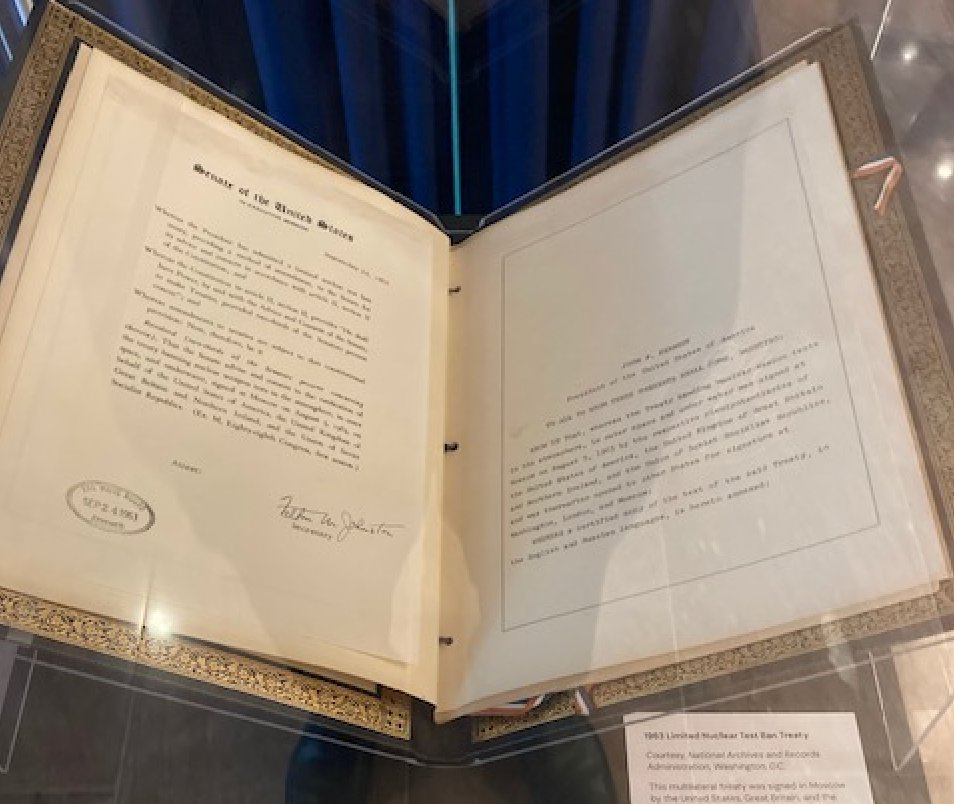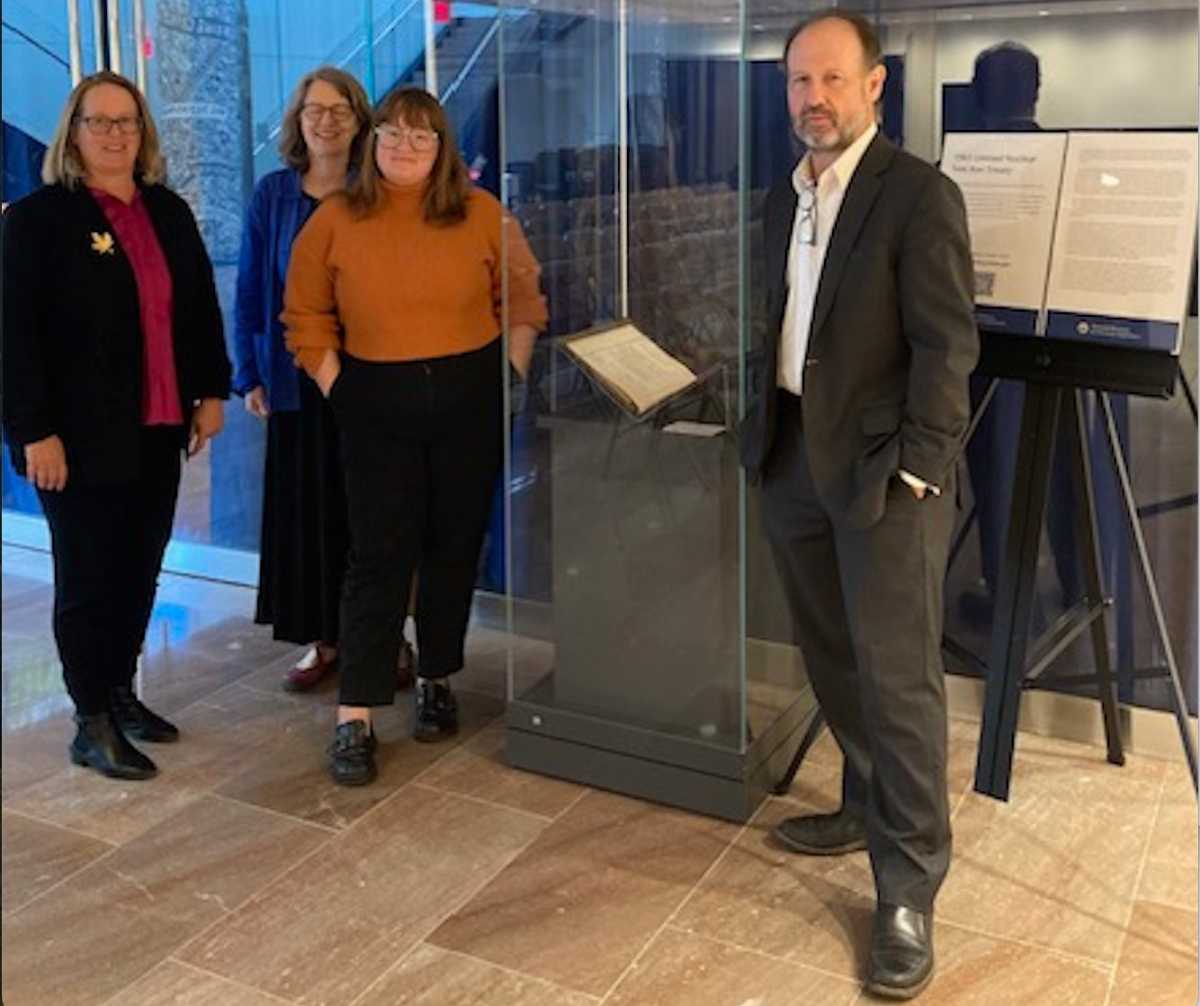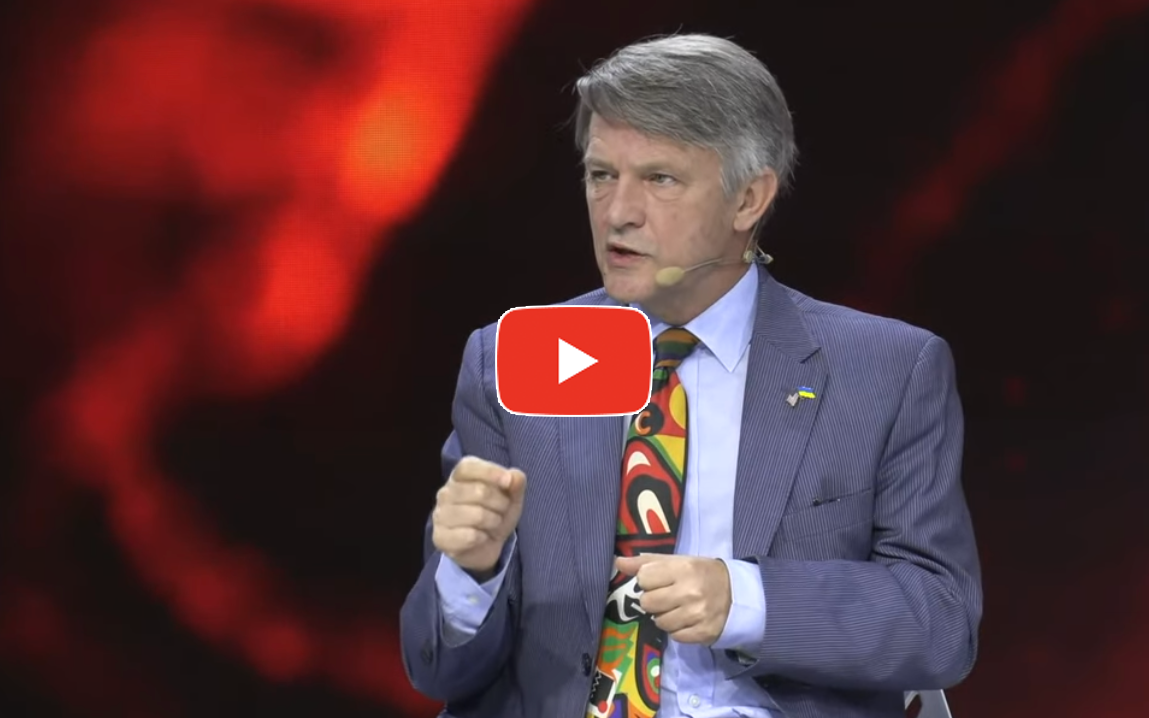Inside the Arms Control Association
October 2023
Russia’s Self-Destructive Move to De-Ratify the CTBT
As with other critical arms control agreements, the 1996 Comprehensive Nuclear Test Ban Treaty (CTBT) is under threat due to inattention, diplomatic sclerosis, and worsening relations between nuclear-armed adversaries.
 Disturbingly, but not surprisingly, Russian President Vladimir Putin has given members of the Russian Duma the green light to “un-ratify” the CTBT, ostensibly to “mirror” the posture of the United States toward the treaty and somehow pressure the United States to ratify the pact. Such a move would be a “self-defeating own goal,” that would set back efforts to bring the CTBT into force and raise questions about Russia’s intentions.
Disturbingly, but not surprisingly, Russian President Vladimir Putin has given members of the Russian Duma the green light to “un-ratify” the CTBT, ostensibly to “mirror” the posture of the United States toward the treaty and somehow pressure the United States to ratify the pact. Such a move would be a “self-defeating own goal,” that would set back efforts to bring the CTBT into force and raise questions about Russia’s intentions.
A statement organized by ACA from more than 87 civil society leaders warned about the consequences of Russian “de-ratification” of the treaty and called on the treaty’s signatories to redouble efforts to achieve its entry into force and reinforce the taboo against nuclear testing.
Russia has also accused the United States of making preparations for “supercritical” nuclear testing at its former test site in Nevada and says Russia won't test unless the United States does. A State Department spokesman said the Russian move “needlessly endangers the global norm against nuclear explosive testing,” and that the United States remains committed to observing a moratorium.
ACA welcomes a proposal made by the U.S. National Nuclear Security Administration to “work with others to develop a regime that would allow reciprocal observation with radiation detection equipment at each other’s subcritical experiments to allow confirmation that the experiment was consistent with the CTBT."
Given that on-site inspections under the CTBT cannot be undertaken until the treaty enters into force, ACA has been calling on these countries to engage in technical discussions on ways to verify compliance before and after the treaty's entry into force.
Next month, at the invitation of the NNSA, executive director Daryl Kimball will visit the former Nevada Test Site to find out more about options for reciprocal confidence-building measures that would help ensure compliance with the CTBT.
Stay tuned.
ACA Responds to U.S. Strategic Posture Report
Last year, Congress created a bipartisan panel to evaluate the threats posed by Russia and China and to review U.S. nuclear weapons policy and strategy. Regrettably, the final report of the bipartisan Commission on the Strategic Posture of the United States, issued Oct. 12, suggests that in response to Russia’s nuclear and military behavior and the anticipated growth of China's strategic nuclear arsenal, the United States must be prepared to add more capability and flexibility to the U.S. strategic deterrent to counter two "near-peer" nuclear adversaries.
As the Wall Street Journal noted, ACA warned that moves to expand U.S. nuclear forces “would make it more likely that China would decide to deploy more nuclear weapons on an even wider array of delivery systems over the coming decade and prompt Russia to match any increases in the U.S. strategic force.”
As we further noted in our preliminary analysis of the report, the reality is that the current U.S. nuclear arsenal still exceeds what is necessary to hold a sufficient number of adversary targets at risk so as to deter enemy nuclear attacks. As National Security Advisor Jake Sullivan said in his address to the ACA Annual Meeting June 2, "the United States does not need to increase our nuclear forces to outnumber the combined total of our competitors to effectively deter them."
While the Commission’s final report does recognize the value and importance of continued U.S. efforts to engage Russia and China in the nuclear arms control enterprise, it underplays the importance of stronger U.S. leadership on arms control, which provides the most effective, durable, and responsible path to reduce the role and number of nuclear weapons and to prevent their use and an unconstrained nuclear arms race.
WEBINAR: Elimination of the U.S. Chemical Weapons Stockpile
To mark a major milestone in disarmament history on Sept. 29, ACA and the Chemical Weapons Convention Coalition hosted a webinar on the elimination of the final U.S. chemical weapons stockpile featuring former ACA policy director and current Deputy Assistant Secretary of Defense Kingston Reif (below), along with Irene Kornelly and Craig Williams, chairs of the Colorado and Kentucky Citizens’ Advisory Committees, who worked to reshape the original plans for chemical weapons destruction to reduce the risks to local communities.
The 60th Anniversary of a Landmark Treaty: the LTBT
To celebrate the anniversary of the first major nuclear arms control agreement, the 1963 Limited Test Ban Treaty, ACA's Kathy Crandall Robinson, Libby Flatoff, Daryl Kimball, and Sally James from Cutting Edge Design visited the original treaty text October 10–sixty years to the day that it entered into force–at the National Museum of American Diplomacy where it was temporarily on exhibit.
Negotiated less than a year after the Cuban Missile Crisis, the LTBT was the beginning of the end of nuclear tests in the atmosphere and the foundation for negotiations on other landmark nuclear nonproliferation and arms control agreements in the years to follow.


Our New Arrival: Shizuka Kuramitsu This month ACA welcomes our new research assistant, Shizuka Kuramitsu, who will focus on multilateral nonproliferation and disarmament issues, including the NPT, CTBT, and TPNW, and on our outreach and education efforts.
This month ACA welcomes our new research assistant, Shizuka Kuramitsu, who will focus on multilateral nonproliferation and disarmament issues, including the NPT, CTBT, and TPNW, and on our outreach and education efforts.
A native of Hiroshima, Shizuka has a Master's degree in Nonproliferation and Terrorism Studies from the Middlebury Institute of International Studies at Monterey. She was actively involved in the documentary film project, “The Vow from Hiroshima,” on the life of the 2017 Nobel Peace Prize co-recipient and hibakusha, Setsuko Thurlow.
Shizuka was one of 25 students from around the world selected to participate in an international workshop “Engaging, Educating and Empowering #Leaders4Tomorrow on Disarmament, Non-Proliferation and Arms Control” for young leaders in the field convened by the United Nations Office for Disarmament Affairs (UNODA).
ACA In the News
- Senior fellow Michael Klare discusses drone warfare in the nuclear age with his latest piece “Swarms vs. Swarms” at TomDispatch.com, Oct 15.
- The Wall Street Journal, Reuters, Kommersant, and the Washington Examiner, among others, noted ACA’s response to the release of the report by the Congressional Commission on the U.S. Strategic Posture, Oct 13.
- Executive director Daryl Kimball commented on the need for confidence-building measures at nuclear test sites in Newsweek’s story “Is US Preparing Nuclear Tests in Nevada? What We Know,” Oct. 11.
- Kimball described to Reuters the risk of Russian “de-ratification” of CTBT as “Russian lawmakers given 10 days to study revoking nuclear test ban treaty ratification,” Oct. 9.
- Kimball spoke with The New York Times about “Putin Claims Russia Successfully Tested a Nuclear-Powered Missile,” Oct. 5.
- Paul Walker, chair of the Chemical Weapons Convention Coalition, discussed in Vox innovative ways chemical weapons need to be destroyable as “2023 was the year the US finally destroyed all of its chemical weapons,” Sept. 30.
- Klare commented in The Hill on “Why the Pentagon’s ‘killer robots’ are spurring major concerns,” Sept. 28.
- Board chair Thomas Countryman responded to a possible U.S.-Saudi nuclear cooperation deal in The Guardian, Sept. 21.
- The New York Sun cited Gabriela Iveliz Rosa Hernández’s recent ACT story about Iran’s war-time supplier role as “Russia, Desperate for Munitions to Fight Ukraine, Courts Iran for Materiel,” Sept 20.
- Kimball expressed concern about U.S. nuclear modernization with the Associated Press in “Inside the delicate art of maintaining America’s aging nuclear weapons,” Sept. 20.
- Kimball spoke with The Guardian about President Biden’s statement to the UN General Assembly on maintaining New START limits,” Sept. 19.


